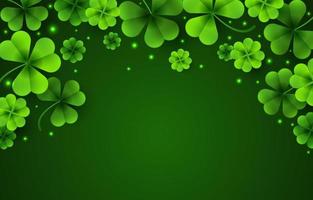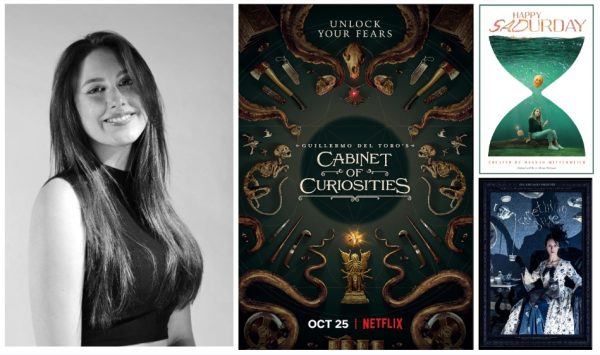The Shamrock Sham

https://www.vecteezy.com/free-vector/st-patricks-day-border
Modernization and popularization often corrupt different aspects of culture and history to make certain events appealing to a broader audience.Saint Patrick’s Day is no exception with several of its traditions being adapted over time.
One of the biggest adaptations of Saint Patrick’s Day, and also Ireland as a whole, is the color green.
Traditionally, the British Isles had a long history of the color blue symbolizing their land which dates back to when the Romans invaded Britannia; blue became the official colour of Ireland in 1536 when King Henry VIII deputized the island.
In 1642 Ireland started a four-hundred-year revolt against Britain and adopted green to represent them and their catholic faith. This shift to green and strong nationalism inspire William Drennen to pen “When Erin First Rose” and coin the nickname “Emerald Isle”
The change to green affected many things in Ireland including the Leprechauns and Saint Patrick.
Leprechauns originally belonged to a group of faeries that are distinctly antisocial and wore red. Their modernization changed them from water-loving, child drowning, gold hiding cobblers into prejudiced drunks. They used to hide gold throughout the Island, but now they are confined by rainbows. Now the only time they leave their gold alone is when they attack protestants signified by the colour orange.
Blue was the original colour of Saint Patrick. He was born in 386 AD with the name Maewyn Succat. When Succat was a boy he was kidnapped by Irish slave owners and stayed with them for six years until he was kidnapped by the French for an additional two months. While in France Succat started his journey to becoming a Catholic priest.
At the age of thirty-two, he got the title of a reverend, and changed his name to Patricius, meaning father, and moved to Ireland to spread Christianity. He failed his first attempt and was banished to an offshore island. On this island, he built a church and developed a small following of worshipers. On Patricius’s second attempt to convert the people he succeeded; he was able to baptize over 100,000 people and commission over 300 churches.
While he converted the pagans to Christians, Patricius was able to preserve many of the older pagan beliefs and traditions. An example of this is the shamrock. Pagan beliefs were that the three-leaf clover represented their three war goddesses: the mother, the maiden and the crone and the three realms: the earth, the water and the air. Patricius was able to apply the holy trinity, the father, son and holy spirit, to the clover and confirming it as a symbol of Christian faith.
Modernization comes into play with the tall tale describing how Saint Patrick vanquished the serpents from Ireland. In the literal sense, this story is used to explain why there are no snakes or dragons. In the theological sense, the story explains how Saint Patrick cleansed the land of pagan sinners. Both of these aren’t accurate as Saint Patrick didn’t remove the pagans, he converted them, and the last time anything could walk or slither to the British Isles was 4,000 years ago and the area was a glacial desert.
The biggest modernization of Saint Patrick is the fact that he was never canonized and therefore not a saint.

Salutations, my name is Steven and I'm a sophomore Eagle Eye staff member. I hope to give to you fun and interesting articles for this 2019-20 school year....












